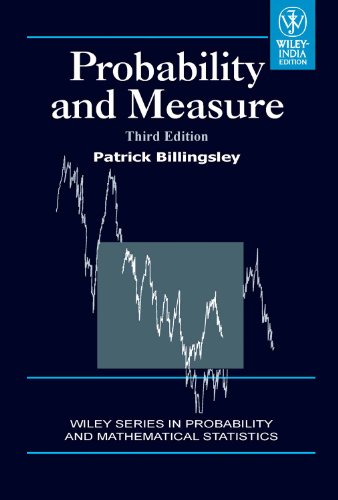=+7.13. The functional equation (7.30) and the assumption that Q is bounded suffice to determine Q completely.
Question:
=+7.13. The functional equation (7.30) and the assumption that Q is bounded suffice to determine Q completely. First, Q(0) and Q(1) must be 0 and 1, respectively, and so (7.31) holds. Let Tox = {x and T,x = ; x + ;; let fox = px and fix =p + qx.
Then Q(TL, . T. x) =f ... ... f ., Q(x). If the binary expansions of x and y both begin with the digits u1 ...., u ,,, they have the form x = T. ... Tx' and y = T .. ... Ty'. If K bounds Q and if m = max( p, q), it follows that
[Q(x)-Q(y)| ≤ Km". Therefore, Q is continuous and satisfies (7.31) and (7.33).
Fantastic news! We've Found the answer you've been seeking!
Step by Step Answer:
Related Book For 

Probability And Measure Wiley Series In Probability And Mathematical Statistics
ISBN: 9788126517718
3rd Edition
Authors: Patrick Billingsley
Question Posted:






